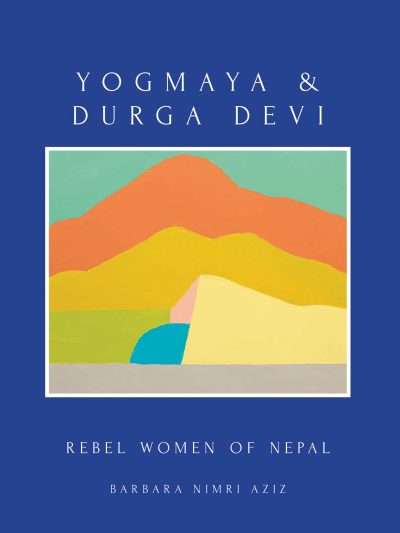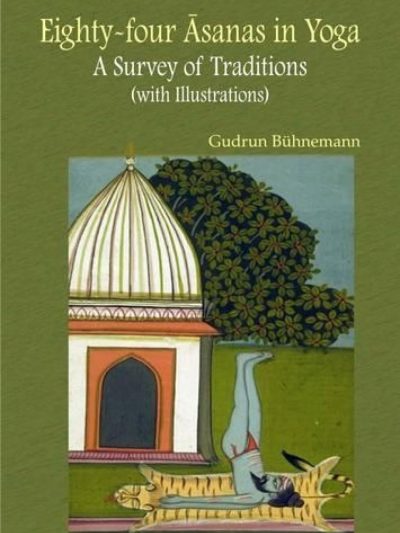Description
In the late 1970’s, a small group of Nepali and western social anthropologists collaborated in a comparative study of woman’s roles and status among ethnic groups of the mountains, middle hills and plains of Nepal. The Himalaya culture of “Chumik”, documented in this ethnography, stood out from the others in the importance of woman’s economic roles as well as their freedom of movement as traders, innkeepers and seasonal laborers. The women of Chumik were more “empowered” than their sisters in other ethnic groups based on a variety of measures. Yet, as this study shows, gender inequality and social exclusion were central features in the society and the economic system that sustained it. This ingenious study illustrates how woman’s position in society can be both “high” and “low”, depending on which categories of women are considered, and whether they are married. The descriptions of exotic marriage customs such as fraternal polyandry and marriage by capture make compelling reading. I highly recommend this book for both scholars and lay readers interested in exploring systems of gender and social stratification and the anthropology of Nepalese and Tibetan cultures.





